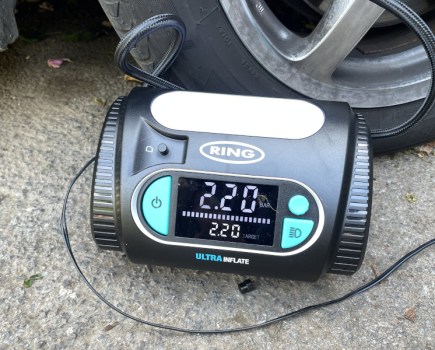For many classic car enthusiasts, the Triumph TR6 is the ultimate ‘hairy-chested’ sports car. By no means is it the easiest of machines to get to grips with, especially with its heavy steering and clutch, but equally once you do get the knack of driving this classic there are few that are as exciting on an open stretch of country road.
Excellent examples of this so-called ‘last of the traditional TR sports cars’ now cost in excess of £15,000, with what’s being asked for concours cars up to double that. For a long time the TR5 has demanded the greatest sums for those dead-set on a six-cylinder TR, but it seems the sums for its Karmann-styled replacement are beginning to closely follow suit.
It therefore makes sense that if you’re going to spend what is quite a large amount of money on your dream car that you consider spending just a faction more in order to get the most out of your purchase.
ENGINE
The sky’s the limit in terms of what you can do to increase the performance of Triumph’s six-cylinder engine, but as we’ve chosen to focus on just the bare essentials here (in order to keep a car as close to standard as possible) the one modification that should be made to any TR6 is to replace the unsatisfactory oil filter arrangement with a spin-on oil filter adaptor. The standard set-up allows oil to drain away, delaying oil reaching the bearings on start-up. A spin-on filter (angled vertically downwards – that’s crucial) will negate this. Moss Europe charges £50 for its adaptor and also supplies K&N Gold Performance filters, priced £11 each.
Almost all fuel-injected examples of the TR6 will have had their original Lucas fuel pump replaced with the more reliable Bosch version. If the fuel injection system has been overhauled and calibrated by a specialist, it should perform as intended. If fitting a new injection pump, it’s recommended that it’s relocated away from its original position in the boot, which is directly above the exhaust pipe, to help eradicate any vaporisation issues.
SUSPENSION
Assuming that the chassis is solid you should find any TR6, thanks to this car’s independent rear suspension set-up, to be a very nice car to drive with good road-holding capabilities. However it is very easy to make what is good, great without spending an awful lot.
The original trailing arm mounting bushes compress under load and this allows the trailing arms to move ever so slightly. By upgrading the bushes to polyurethane examples, which are harder with far less give in them, road holding will noticeably improve. A Superpro complete rear bush kit is priced around £95. There’s something to be said for replacing all the bushes (expect to pay £400) but the trailing arm ones will have the greatest effect.
Going one stage further would be to then fit telescopic rear shock absorbers. Note that this will involve the fitting of a pair of fabricated mounting brackets to the chassis though there are numerous specialists out there who can make and fit these for you. Moss Europe charges £248 for its SPAX kit while Revington TR charges £413 for its conversion, which is slightly different with the damper located inside the coil spring. Finally, beefier front and rear anti-roll bars will add to a car’s stability further still.
INTERIOR & ELECTRICS
Every major item required for refurbishing a TR6’s interior is available. Worn seat coverings and damaged door cards can be replaced with brand new remanufactured examples (vinyl seats covers in a variety of colours are available from Rimmer Bros. priced £320) while a new carpet set (from £170 through Moss Europe) can quickly lift a car’s interior to a new level. Padded plastic dash tops on some cars are liable to have hardened and cracked, following constant exposure to sunlight. New padded dash tops are available, as are replacement laminated/veneered dashboards and aftermarket veneer door cappings.
Replacing a ripped or worn hood is certainly within the scope of a DIY owner if the instructions that come with the new hood are carefully adhered to. Prices vary according to the quality of the material you choose, with the cheapest original-standard item costing £206 (through David Manners) right through to the more expensive mohair-trimmed replacements.
Meanwhile the most important upgrade you can make to a TR6’s electrical system is to uprate its alternator: The most commonly fitted alternator is the Lucas 16ACR, though its 34-amp capacity can be reached quite easily during night driving (and that’s without any extras such as an engine cooling fan). A larger capacity alternator – for example, the Lucas Type 45 Amp alternator, available through Cambridge Motorsport Parts priced £60 – will ensure everything works and charges efficiently.




